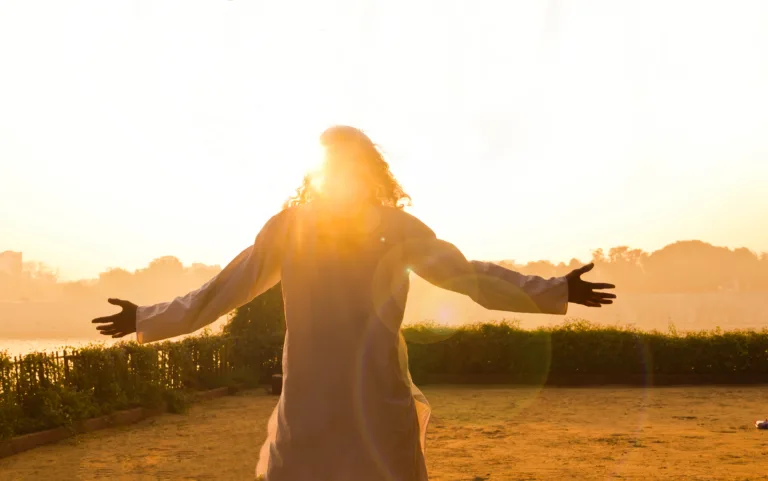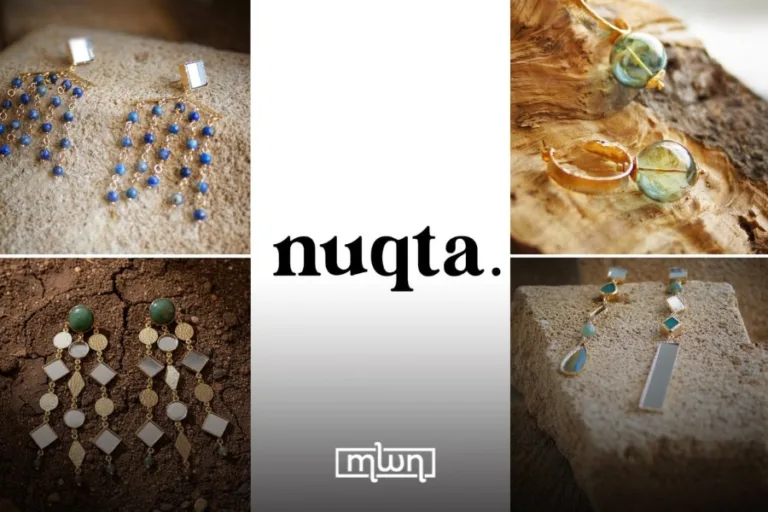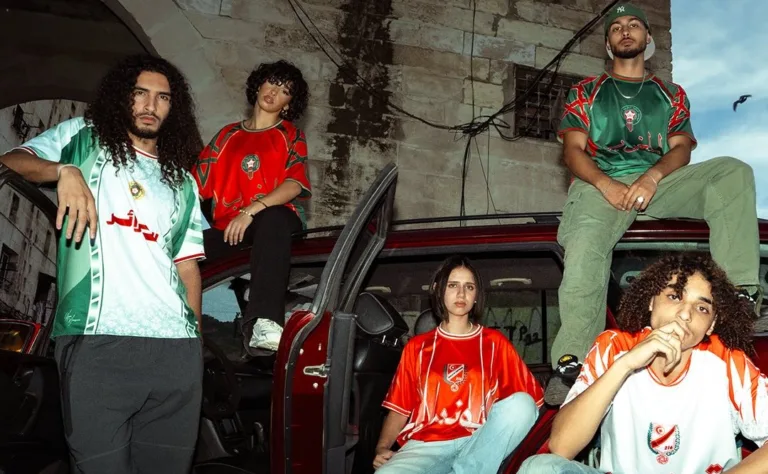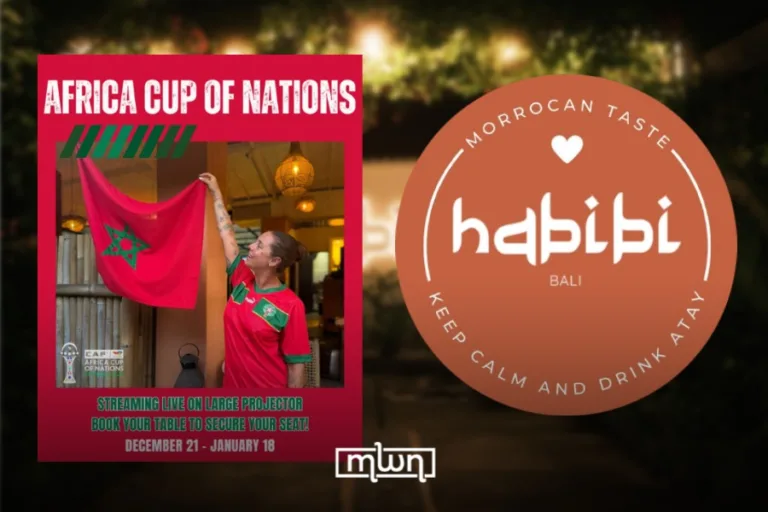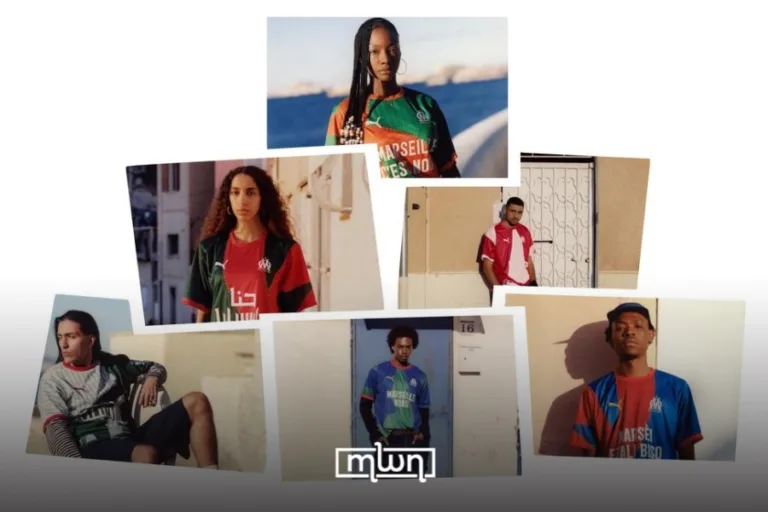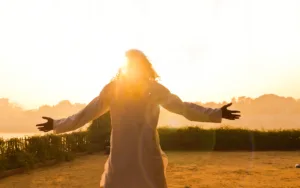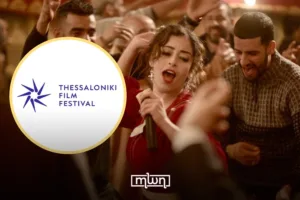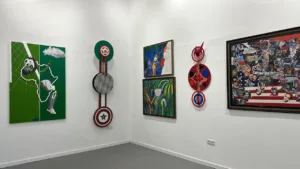Marrakech – Moroccan weddings are part fashion show, part cultural spectacle, and entirely a big deal.
So showing up underdressed? Not an option. But the good news is: Moroccan men know how to serve a look — and now, so will you.
Unless you’re the groom (and even then, questionable), a standard black suit will scream “wrong country, wrong century.”
You don’t want to look like you got lost on the way to a corporate gala.
Moroccan weddings call for drip with a side of heritage.
Jabador 101: Think lightweight tunic paired with breezy trousers, usually embroidered and often worn with babouche slippers that say, “I came to celebrate and make a statement.”
Earthy tones like beige, white, or navy are classic, but if you’re feeling bold, rich jewel tones are a nod to Moroccan royalty.
Bonus: it’s incredibly comfy, even after your third helping of pastilla.
It’s long, hooded, and majestic — like if Gandalf went to fashion school in Fes.
It’s traditionally worn for more religious or formal parts of the wedding, and layering it over your jabador shows that you know the assignment.
Accessorize like you mean it.
A nice watch, maybe a gold chain (subtle flex only, please), and don’t forget the babouches — pointed, embroidered, and mood-enhancing.
Your sneakers might be loyal, but they’re not invited.
Still unsure? Ask the bride’s cousin’s fiancé’s brother.
Seriously. Every Moroccan wedding has that one stylish uncle or cousin who knows exactly what’s trending on the traditional menswear circuit.
Slide into someone’s DMs — trust me, no one minds helping you not commit a fashion faux-pas on sacred dancefloor territory.
Whether you’re in a two-piece jabador or a custom-made caftan (yes, men can wear them too!), wear it like you were born to attend Moroccan weddings.
Because these nights aren’t just about showing up — they’re about showing up fabulously.
So next time you’re RSVP’ing “yes” to a Moroccan wedding, remember: it’s less “blazer and loafers” and more “Aladdin at an afterparty.”


